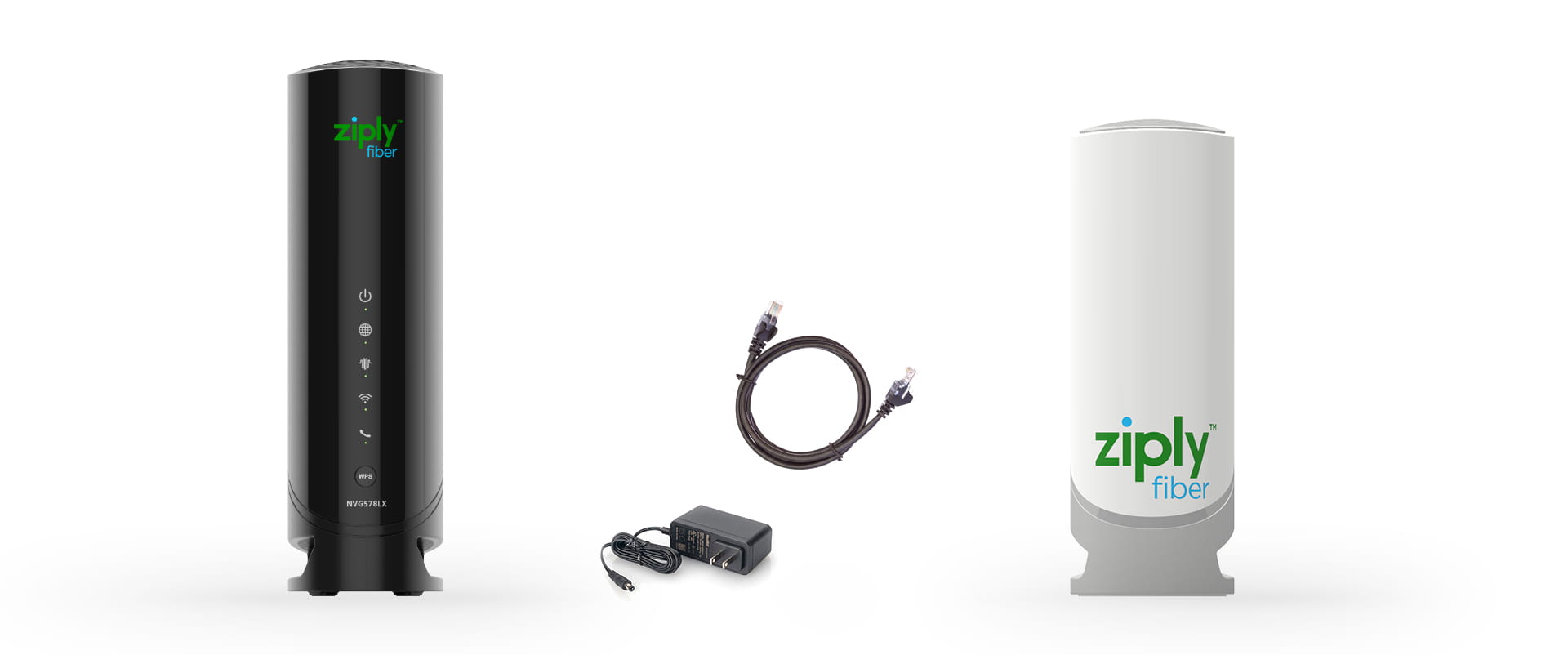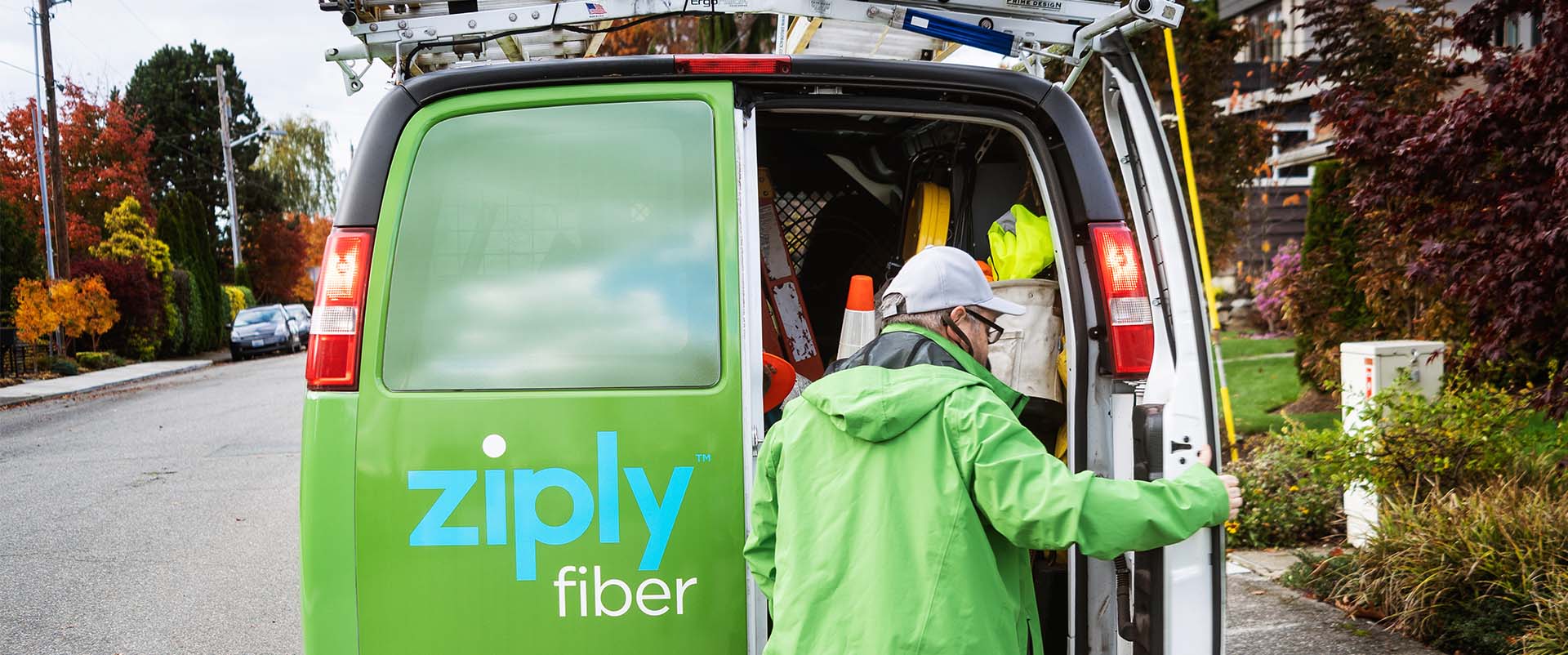Fiber-optics have emerged as the gold standard for high-speed internet, offering unparalleled speed and reliability. Not everyone pays attention to their internet service providers, though, and it may not be obvious what kind of internet you have. As fiber internet gets built out, it could be available one block over from you while you’re still on cable or DSL. So, let’s talk about how to know if you have fiber internet.
What is fiber internet?
Fiber internet is a type of internet connection that employs fiber-optic lines for rapid data transmission. Unlike conventional copper-based cable connections, fiber internet uses pulses of light to transmit data. These light signals traverse the wires, transferring information in binary code (0s and 1s). This mechanism allows for swift data transmission, making fiber internet a coveted choice for those seeking high-speed internet connections.
check address
Why fiber internet is better
Choosing fiber internet comes with several advantages. Primarily, fiber internet offers faster download and upload speeds, enabling smooth and glitch-free streaming, gaming and file sharing. Additionally, fiber-optic lines are less prone to interference, yielding a more stable and dependable connection. Fiber internet also offers symmetrical speeds, where upload and download speeds are identical, proving beneficial for activities like video conferencing and cloud-based applications.
Read more: Why you should make the switch to fiber internet
How to find out if your internet is fiber internet
- Check with your internet service provider (ISP): The easiest way to find out if you have fiber internet is to check with your internet service provider. Contact their customer service or visit their website to see if they offer fiber optic internet in your area. Calling a support line can be a pain sometimes, so there are other ways to find out.
- Check your bill: ISPs often offer specific internet plans tailored for fiber-optic connections. These plans may be marketed as "fiber internet," "fiber-optic broadband," or something similar. Review your internet plan details or visit your ISP's website to see if your subscription is categorized as a fiber-optic service.
- Assess your home internet speed: If you have an internet connection that slows down at certain times of the day, you’re probably on a cable or DSL connection and you’re sharing the bandwidth with your neighbors. Or, if you notice that things slow down when multiple devices are running at your own home, your connection is probably not fiber.
- Run a speed test: Fiber-optic internet typically offers symmetrical speeds, meaning the download and upload speeds are the same or very similar — unlike cable, which has much lower upload speeds because the technology was designed for one-way television transmission. If you're experiencing consistently fast upload speeds as well as downloads, it's a good indication that you have fiber internet. How do you know if your speeds are symmetrical? Run a speed test (like Ookla's at speedtest.net) and see if the numbers are about the same. If the upload number is much lower than the download number, it’s probable that you have cable.
- Look for fiber-optic infrastructure: Another clue that you have fiber internet is the presence of fiber-optic infrastructure in your neighborhood or building. Look for small utility boxes or cabinets along the streets or near your property. These cabinets house the fiber optic cables that deliver internet service to homes and businesses.
- Determine if you have low latency and reliable connection: Fiber-optic internet offers low latency, which means there's minimal delay or lag when accessing online content, gaming or video conferencing. If you notice consistently low latency and a reliable connection without interruptions, it's likely that you're using fiber internet. This reliability is one of the hallmarks of fiber-optic technology.
- Check your equipment: If you have a fiber internet connection, your ISP will provide you with a modem or router specifically designed for fiber-optic connectivity. These devices are optimized to work with fiber infrastructure and may have distinct features or labels indicating their compatibility with fiber-optic technology.
Frequently asked fiber internet questions
Q: How is fiber internet different from DSL?
A: Fiber internet is faster, more reliable and built for modern needs, delivering consistently high speeds with low latency. Unlike DSL, which relies on older copper lines and slows over distance, fiber internet uses light to transmit data, ensuring stable performance for gaming, streaming and video calls. While DSL is more widely available, fiber internet is the future of high-speed connectivity.
Q: If my provider says "fiber," that means I'm getting true fiber-to-the-home service, correct?
A: Not all "fiber" internet is true fiber-to-the-home (FTTH). Some providers use fiber-optic cables only part of the way, with the final stretch relying on older copper or coaxial wiring, which can slow speeds. True FTTH delivers the fastest and most reliable connection by running fiber directly to your home. To ensure you're getting full fiber internet service, ask your provider if the connection is entirely fiber-optic or if part of it uses older wiring.
Q: Won't fiber internet installation tear up my yard and damage my property?
A: Fiber internet installation is designed to be minimally invasive, with many providers using advanced trenching and boring techniques to avoid significant disruption to your yard. Many installations involve micro-trenching or directional drilling, which create narrow, precise pathways for fiber-optic lines without major excavation. If you're concerned about potential impact, check with your provider about their installation process and how they ensure minimal damage to your property.
Q: Since 5G is rolling out everywhere, isn't fiber internet becoming obsolete?
A: No, fiber internet is far from becoming obsolete—it's actually the backbone of 5G. While 5G offers fast wireless speeds, it still relies on fiber-optic networks to handle data transmission between cell towers and the internet. Fiber internet also provides faster, more reliable and lower-latency connections than 5G, especially for high-bandwidth activities like streaming, gaming and working from home. As demand for faster and more stable internet grows, fiber internet remains the gold standard for high-speed connectivity.
Q: Do I need to buy all new special equipment to use fiber internet?
A: Not necessarily. Most fiber internet providers supply the necessary equipment, such as an Optical Network Terminal (ONT), which converts the fiber internet signal into one your devices can use. However, you may need a compatible router to take full advantage of fiber internet speeds, especially if you're upgrading from an older DSL or cable connection. If you already own a high-performance router, it might work with fiber internet, but checking with your provider can ensure you have the right setup for the best experience.
The benefits to having fiber internet
Fiber is still being built out and not in every market yet. If it is available, it’s a good choice for many reasons. For one, you can cut cable still watch your favorite shows with a fiber connection. Streaming TV is just as versatile and even more reliable than cable. Depending on where you live and what’s available, fiber internet plans can be faster, more reliable and less expensive than cable or DSL.
Read more: Streaming vs. cable
Another benefit of fiber internet is its ability to support multiple devices without performance degradation. With the increasing number of smart devices in our homes, having a reliable internet connection that can handle the demand is essential. Fiber internet can accommodate multiple devices simultaneously, allowing you to connect smartphones, tablets, smart TVs, gaming consoles and more without experiencing a drop in speed or performance. Furthermore, homes that are wired for fiber may actually be more valuable — something to consider if you’re going to put your house up in the near future.
Read more: Fiber internet is good for the real estate market
If you find out that you don’t have fiber and want faster, more reliable speeds, look into other local ISPs to see if they offer it. If fiber is not in your area yet, keep an eye on emerging ISPs either in your area or as they come to town to see if they’ll eventually offer it.
Read more: Fiber internet in rural areas: when will it be here?
In conclusion, finding out if you have fiber internet is easy, and there are multiple ways to do it, from directly reaching out to your ISP to assessing the performance of your internet for upload and download speeds, latency and reliability. If you don’t have fiber, consider upgrading or switching when it becomes available. Switching can be a hassle, but it’s worth it.
Learn more about fiber internet plans available in the Northwest at ziplyfiber.com.






